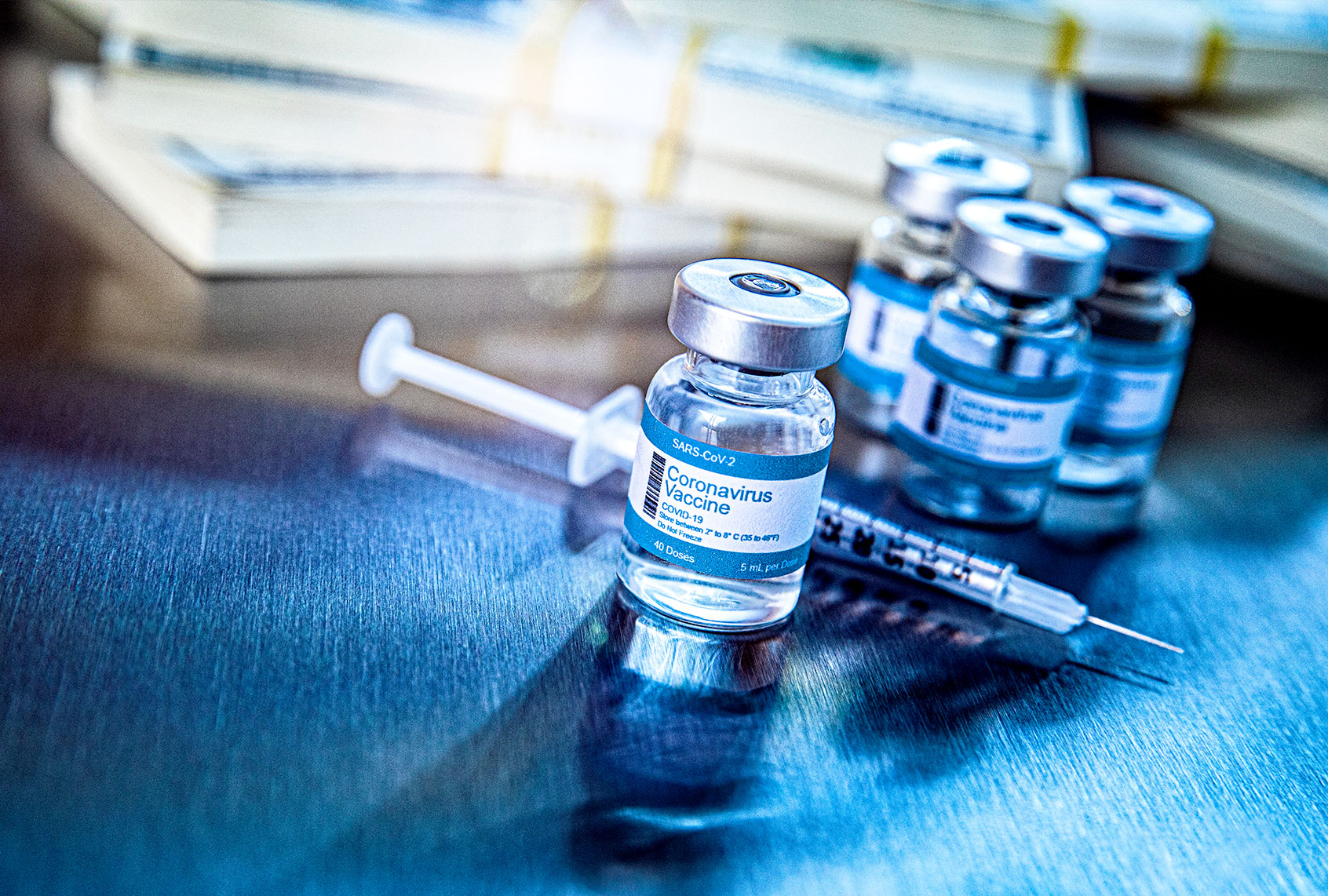The world’s hope for a return to normalcy hinges on the coronavirus vaccines, and specifically the proposition that the vast majority of the population receives one so that we attain herd immunity and thus eradicate the coronavirus.
One would think, then, that every single dose of the vaccine would be coveted and carefully distributed, as supplies will be limited for many months. Yet there have been a number of reports about vaccine rollout being slower than expected, or vaccines being thrown out entirely. A nursing home in southern Ohio wound up wasting roughly 35 doses of the coronavirus vaccine after they overestimated the number that they would need, leaving pharmacists rushing trying to get shots into as many people as possible. In Portland, Ore., two hospital systems wound up wasting 42 doses of its coronavirus vaccine for reasons related to ill planning. A Massachusetts health center admitted that it had to dispose of some of its doses after some of the health care workers who were supposed to receive them were no-shows.
There have also been a number of near-misses. One alarming incident occurred on Monday, when a freezer at a northern California hospital containing more than 800 doses of the Moderna vaccine broke down. Because the vaccine only has a room temperature shelf life of 12 hours, the workers at the hospital made sure that the roughly 830 vaccines were given to people within a two-hour period so that none of them would go to waste.
Meanwhile, existing doses are not being distributed well. Initial reporting from Maryland indicates that less than one-fourth of the 273,875 vaccines there have been used, while from Virginia less than one-fifth of that state’s 451,075 doses have been used. There have been stories from Washington, D.C. to Nashville, Tennessee about people not showing up to be vaccinated and individuals who would otherwise be considered ineligible receiving vaccines so that they do not go to waste.
In order to vaccinate 230 million Americans (70 percent of the population) within six months, and thus reach herd immunity, hospitals and drug stores would need to vaccinate 8.8 million people per week, or over one million per day. Yet in the month that the vaccine has existed, only 5.91 million shots have been given. If that pace continues, it will take over three years to vaccinate enough Americans.
Public health experts said that layers of bureaucracy and a lack of planning have contributed to the slowdown.
“There is total chaos, as always, when suddenly rolling about complex local responses,” Dr. Alfred Sommer, dean emeritus and professor of epidemiology at Johns Hopkins Bloomberg School of Public Health, told Salon by email. “No doubt we could and should have planned for this, and done ‘dummy drills’ etc. long ago; but we did nothing because of totally incompetent federal and secondarily local response planning.”
Sommer’s view was echoed by Dr. Russell Medford, Chairman of the Center for Global Health Innovation and Global Health Crisis Coordination Center.
“The distribution has not been efficient,” Medford told Salon. While the ability to develop mRNA vaccines for treating COVID-19 in less than a year was a “great success story” and “something to celebrate,” he pointed out that “the vaccine itself does not protect us against disease. It’s vaccinations that protects us. And this is a logistics issue, a distribution issue.”
The problems, Medford observed, range from the fact that the COVID-19 vaccines require specialized equipment and very cold storage conditions, and the need for new equipment and properly trained technical support staff. This makes it more difficult to effectively distribute vaccines, particularly when there are equity issues involving who qualifies to get them.
“We’re dealing right now with the challenge of of vaccinating 1 million or 2 million people a day in the United States with a distribution system that doesn’t have a central plan or priority, or the resources associated with it on a national level to be effective,” Medford observed, pointing out that individual states have adopted different approaches to the CDC guidelines. “We have a patchwork of policies, a patchwork of resources and capabilities.”
Dr. Georges Benjamin, executive director of the American Public Health Association, told Salon that “all of this is part of our learning curve. This is a complex vaccine, [but] the shot itself is not a big deal. You draw it up, defrost it, either dilute it or just draw it up and then you inject it. It isn’t that isn’t complicated.”
He added, “What is complicated is the fact that it, at least the Pfizer one, requires really ultra cold storage throughout pretty much the process, and then has a short refrigerated life. And then the Moderna has requires very cold storage, has a longer refrigerated life, and is little easier to deliver.”
Benjamin said the challenge was in the “packaging.” The Pfizer vaccine, he noted, comes in boxes of a thousand vials, each of which contains five doses. “The average practitioner has about 2,500 patients in their practice — just round that nice round number.”

